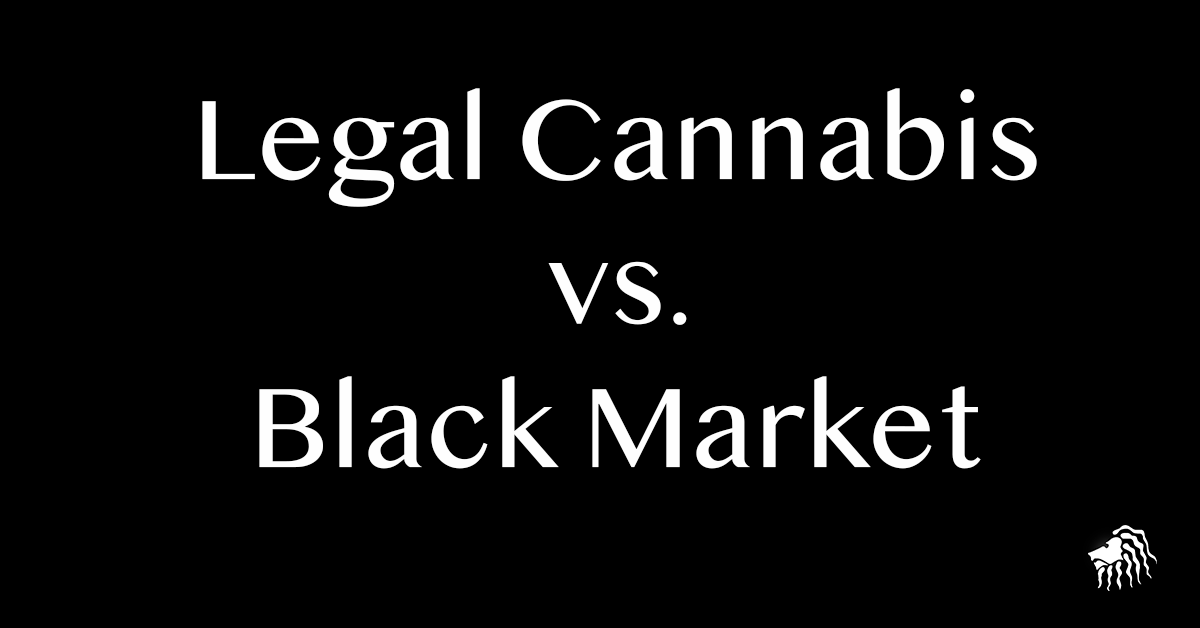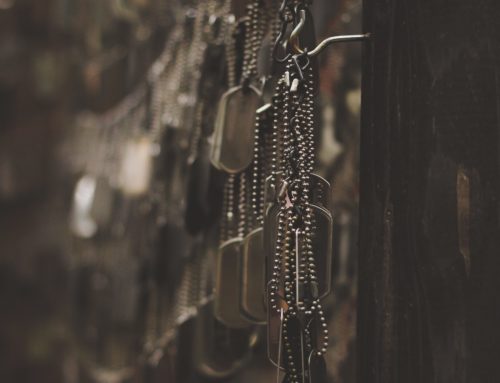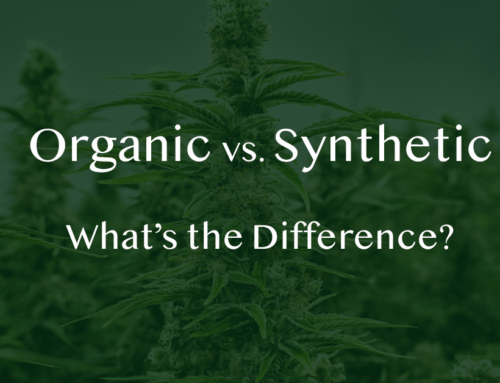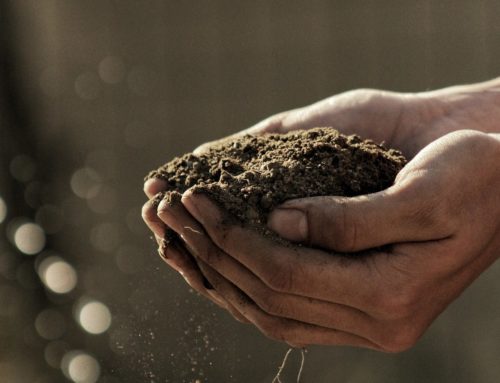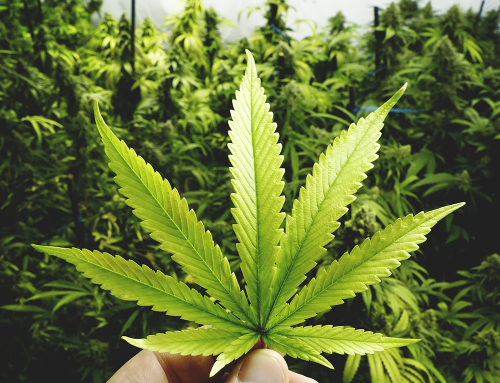For almost a century legal cannabis did not exist, and all the people who worked to provide it to others were cast as criminals. Today the landscape is in flux – residents of 33 American states plus Washington D.C. can access cannabis for medical purposes by growing at home, purchasing a product through a legal storefront, or calling a delivery service. Here we examine the difference between legal ‘white market’ cannabis and the illegal ‘black market’.
Prohibition & the ‘Black Market’
When an Irish doctor brought Cannabis sativa as therapeutic folk medicine from India to the United States in the 19th century, it had to compete with snake oil and other unlabeled ‘remedies’ in the same market. There was little difference between the ‘white’ and the ‘black’ market. Public attention eventually focused on the sale of products with unlabeled ingredients and a wave of regulation declared cannabis a poison and “dangerous drug”. In the 1930s cannabis became a target for U.S. law enforcers with the passage of the Marihuana Tax Act, making possession and transport of cannabis illegal nationwide. In response to a 1969 U.S. Supreme Court decision, Congress repealed the Marihuana Tax Act and passed the Controlled Substances Act, classifying cannabis as a dangerous drug with no medical value, where it has remained up to the present day.
Despite its folk medicine origins cannabis was declared a poison by government decree, its supply became the domain of criminal elements within society, and instead of providing tax revenue to help create positive effects for the community a whole industry was kept underground. The lack of cannabis regulation has resulted in a variety of issues pertaining to product safety and consistency and led to hazardous conditions for producers and consumers of cannabis products. In a criminalized environment growers and dealers are free to use their own discretion regarding the use of pesticides and fungicides as well as selling a contaminated or low-quality product to unwitting buyers. The average black-market consumer often has no idea whether they are smoking cannabis tainted with mold, mites, chemicals, or anything else.
Legalization & the Market Today
When California voters approved Prop 215 in 1996, they established a small wedge in the wall of prohibition. Prop 215 served as the foundation for medical as well as recreational cannabis legalization efforts throughout the United States and beyond. States that have legalized recreational cannabis have seen mixed results in relation to the illegal market. Washington state has seen large growth in legal sales and by analyzing sewage waste researchers conclude roughly the same amount of cannabis is being consumed today compared to the years before legalization, indicating the legal market has successfully displaced the illegal market. Colorado has seen its dispensary sales skyrocket since legalization, but the number of plants seized from illegal grows has also exploded. California legalized adult-use cannabis in 2016, yet the illicit market for cannabis remains at least three times larger than the legal market.
Excessive tax regimes in certain states have led to a price gap between legal cannabis products and those sold on the street. With those extra dollars, however, state regulations have helped ensure legal dispensary cannabis products are verified as safe for the consumer and free from chemical pesticides and other toxic elements. Street-dealer weed with unknown potency has been replaced by scientific cannabinoid labeling and full transparency. In addition to purchasing a clean product with verified potency, tax dollars from the purchase go to build schools and provide other public services including healthcare and substance-abuse education programs.
What’s the Difference?
Unlicensed growers have no liability if their product harms the consumer; there are no lab testing requirements, the products are unlabeled, and anonymous transactions make recalls of contaminated product impossible. Cheap vape cartridges made with lead and other toxic materials are being unloaded onto unwitting consumers who think they are buying the same legal dispensary product for cheaper. Five deaths and hundreds of illnesses were recently reported and attributed to illegal, black-market vape cartridges tainted with vitamin E acetate, a compound that is toxic when vaporized and inhaled into the lungs. No such harmful effects have been reported from cannabis vape products purchased from legal dispensaries because they are laboratory tested and safe to consume.
In the legal market, the customer can purchase a product they know, based on science and evidence, will be free from mold, pesticides, and dangerous toxic compounds. The customer can also know the product will achieve its desired effect, based on cannabinoid concentrations on the product label. There is a price gap between legal and illegal goods, as always, but those extra dollars go a long way toward ensuring the safety of the consumer as well as overall community improvement. Legal dispensary customers can rest assured their products are safe, clean, and free from unregulated additives and dangerous substances. Budtenders also tend to be more friendly than the guy in the parking lot.
[TL;DR – Where once the ‘black market’ was the only game in town, now customers can choose between verified pure cannabis products and their street-level equivalents contaminated with mold and lead.]

